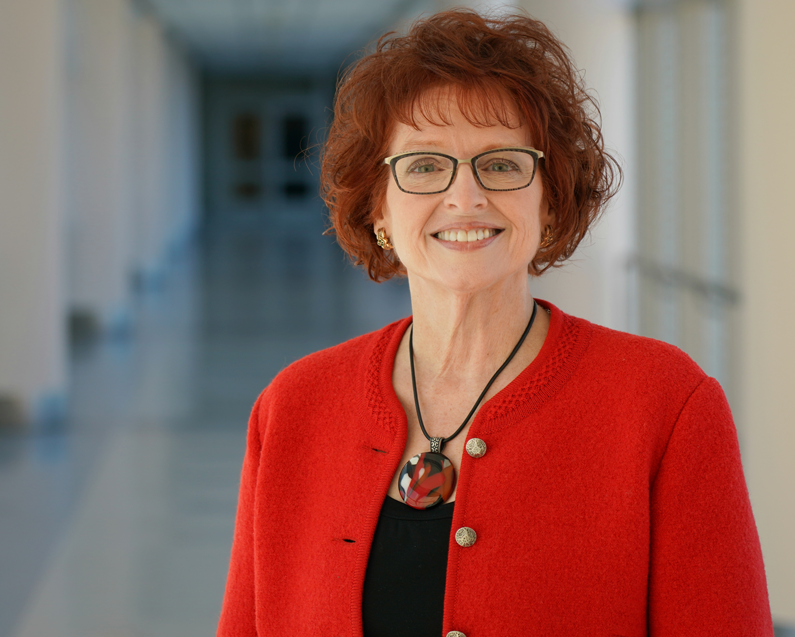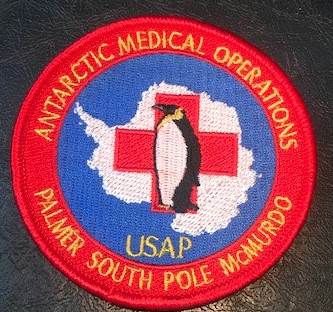From Texas to Antarctica
New Transfusion Medicine chief brings diverse experience

The Department of Transfusion Medicine and Center for Cellular Engineering has a new Chief, but she's no stranger to the NIH Clinical Center. Dr. Barbara Bryant joins the hospital from the University of Texas Medical Branch (UTMB) in Galveston.
Dr. Bryant has four decades of experience, including 17 years in nearly every position possible in a blood bank before entering medical school. She was a Clinical Fellow in DTM from 2005-2007, staying on as a staff physician through 2008 and then working as a volunteer physician on the IRON protocol (Iron Replacement or Not) which maintained iron balance in routine blood donors. She worked with many colleagues, including 2020 Nobel Prize winner, Harvey Alter.
Bryant describes herself as a "Bedside Pathologist" who gives equal importance to direct patient care and laboratory work.
"Embracing both sides of the microscope (clinical care/lab medicine) makes me a better physician," said Bryant.
Bryant's unique background includes working in many roles in blood bank services, including blood bank medical technologist, specialist in blood banking, supervisor and lab manager. She enrolled in medical school at University of Texas Medical Branch at Galveston and was a pathology resident at UTMB when her daughter started medical school making them the first mother-daughter team in training at the same time in the 112-year history of the school.
After two years as chief resident in pathology, she did her fellowship training at Transfusion Medicine/Blood Banking at the NIH. Some of the long-time blood donors at NIH recognize her from when she was a fellow.

Bryant established and was the medical director of the "Walking Blood Bank" program at the three U.S. posts in Antarctica (at the South Pole, McMurdo and Palmer stations). The term "walking blood bank" describes a pre-tested donor pool for immediate use in bleeding casualties, usually in remote or battlefield settings. She was also involved with colleagues from NASA and the military in planning the "Floating Blood Bank" for the space program.
Dr. Bryant's research endeavors and clinical interests have focused on maintaining optimal iron balance in blood donors, hemoglobinopathies (blood disorders where there is abnormal production or structure of the hemoglobin molecule), novel granulocytes (a type of immune cell that has small particles with enzymes that are released during infections, allergic reactions and asthma) therapies, patient blood management, and ensuring patient safety and best outcomes.
As the new Chief, Bryant hopes to continue the innovation, research and growth of her department.
Bryant replaces long-time Department Chief Dr. Harvey Klein after he retired in 2019. Dr. Cathy Conry-Cantilena served as acting chief in the interim.
Bryant has served on the American Association of Blood Banks Board of Directors, the Food and Drug Administration's Blood Product Advisory Committee, the Health and Human Services Advisory Committee on Blood and Tissue Safety and she is a past president of the South Central Association of Blood Banks.
"It's so good to be back at the NIH working with such an amazing group of dedicated individuals. The NIH has an incredible reputation in the Transfusion Medicine and Cellular Therapy arenas," said Bryant.
- Donovan Kuehn